



Introduction: On November 22, 2020, Dr. Liu Jixun, Chairman and General Manager of Hangzhou Medoxygen Company, delivered a speech titled "Oxygen and Health - Entrepreneurial Insights and Practices Based on the Nobel Prize" at the 11th Great Wall International Health Forum. He provided a comprehensive and easy to understand explanation of the origin of oxygen, oxygen and respiration, oxygen and health, the causes of hypoxia, and solutions for Yikang Health. He also proposed that oxygen has bridged the division and opposition between traditional Chinese and Western medicine in terms of theory. Oxygen medicine is a meta medicine and the foundation of all clinical medicine. Oxygen therapy and oxygen health care are effective means to maintain vitality, delay aging, and prevent diseases; By creating an oxygen lifestyle ecosystem, Yi Oxygen Health provides high-quality oxygen within easy reach for medical, health, work, and daily use scenarios, providing reliable guarantees for the implementation of oxygen therapy and oxygen health care.
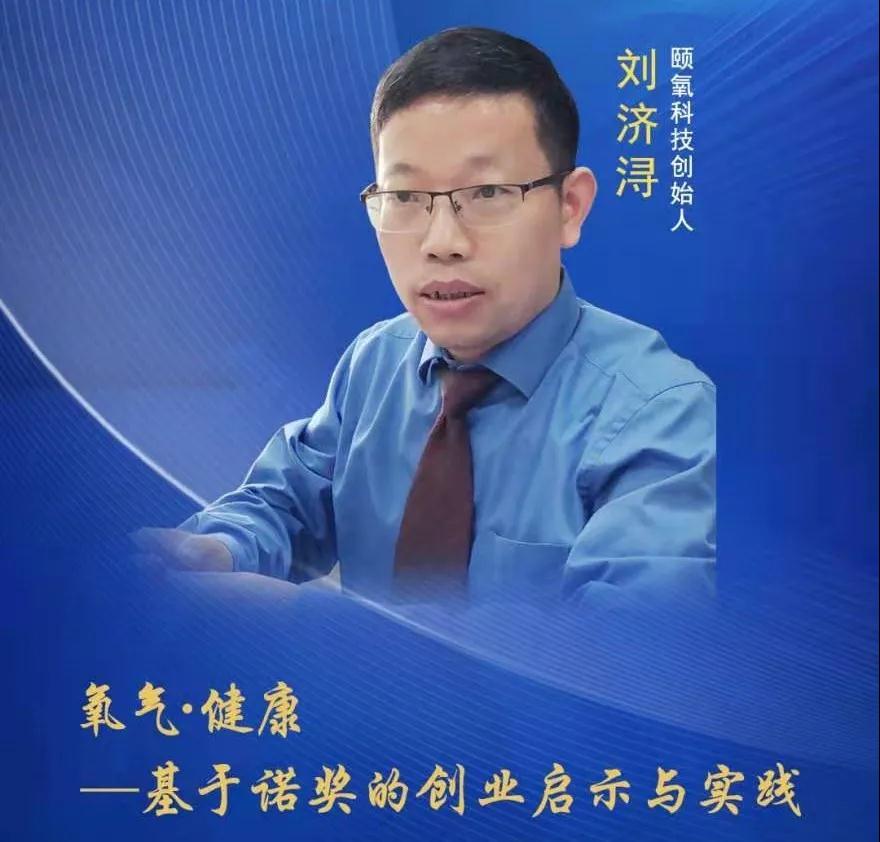
The following is the full text of Dr. Liu's speech at the forum:
Liu Jixun: Before we officially begin our speech, let me ask you a question: Why do we still feel sleepy in such a spacious and fresh environment like Liangzhu? That's because the conference has a lot of information, and everyone is burning their brains and consuming a lot of oxygen! My speech topic today is Oxygen and Health, introducing our understanding of oxygen and the motivation for entrepreneurship in the field of Oxygen Health Technology - making professional contributions to improving the overall health level of society.
The Chinese first discovered and studied oxygen
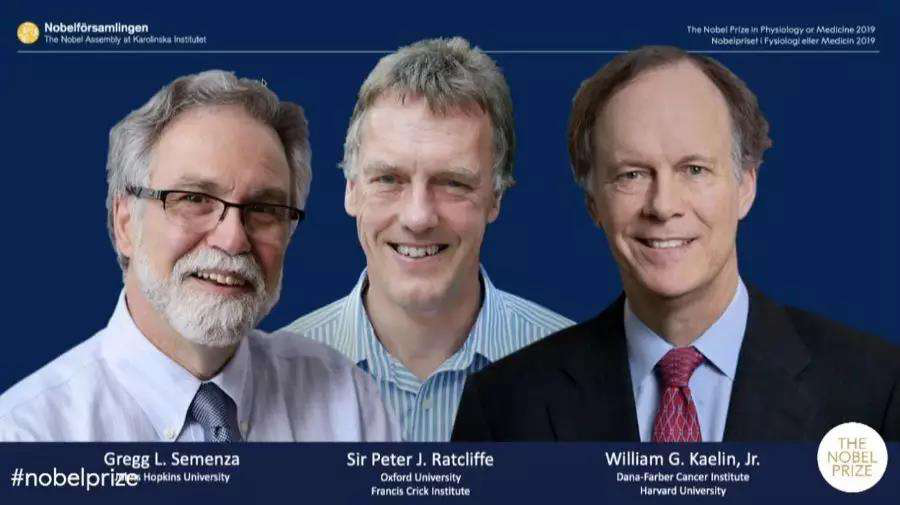
Last year's Nobel Prize was awarded to three scientists, Kailin, Ratcliffe, and Semenza, in recognition of their discovery of the "oxygen sensing pathway mechanism," which laid the foundation for our understanding of how oxygen levels affect cellular metabolism and physiological functions. Their discovery also paved the way for new strategies to combat anemia, cancer, and many other diseases. In fact, there have been two previous Nobel Prizes in Physiology or Medicine awarded for research related to "oxygen", namely 1) Dr. Warburg in 1931. He discovered the properties and mode of action of respiratory enzymes, opening a new page in the study of energy metabolism; 2) Dr. Hymes in 1938. He discovered the neural mechanism that regulates respiratory activity, whereby the carotid body controls respiratory rate by sensing blood oxygen and communicating with the brain.
Before oxygen entered physiology or medicine, Scheler discovered oxygen (fire gas), Priestley separated oxygen and obtained a comfortable and light feeling through oxygen inhalation, and Lavoisier proposed the oxidation theory of combustion through oxygen experiments and officially named oxygen. The Chinese name for oxygen was named by Xu Shou of the Qing Dynasty, initially for "nourishing qi", and later unified as "oxygen". Going further back, as early as the Tang Dynasty in China, there was a geomancer and chemist named Ma He who wrote in the section "Containing Oxygen" in his book "Pinglong Zhi": "There are two energies in the air: yin and yang; Heating substances such as pyroxene, bluestone, and black charcoal can produce yin energy; There is also yin energy in water, which is closely combined with yang energy and difficult to decompose. Ma He believed that air and water share the same substance - Yin Qi, which is what we call oxygen today.
Oxygen is closely related to respiration

What is the relationship between oxygen and respiration? The Encyclopedia of Chemistry states that "all oxidative processes in animal respiration and combustion are inseparable from oxygen. In medical settings, there is a keyword called "pure oxygen". Many people ask whether oxygen inhalation can cause intoxication or poisoning? There are actually two ways to avoid it. One is to control the concentration of inhaled oxygen under the guidance of a medical team, usually represented by a ventilator, which mixes pure oxygen with air and controls the source of oxygen at around 60%, so as not to get drunk on oxygen; The second type is that without the guidance of a doctor, normal oxygen inhalation is done through a nasal cannula, which is not sealed and achieves natural mixing with air in the nasal cavity, oral cavity, respiratory tract, and other areas. Our series of household oxygen devices typically have a flow rate of around 5 liters per minute, and the concentration in the alveoli will not exceed 40% in about 5 minutes. When you breathe and supplement oxygen normally, a level of 30-40% is generally considered normal. As long as you buy a qualified oxygen concentrator, your body will not produce oxygen rich or intoxicated conditions.
The usage of oxygen in healthcare actually accounts for only 5-6% of the global oxygen production. But in our life and health system, it plays a very important role, requiring more personalization, customization, and scientific use of oxygen. So how much oxygen does our human body normally need? I have data here. After circulating through the respiratory system, there is still 16.4% oxygen concentration in the exhaled gas. In other words, the amount of oxygen we can effectively use is about 0.32LM (liters/minute) per minute. This is the amount of oxygen consumed by healthy individuals at normal breathing levels. There are two types of respiration, represented by microorganisms, which are anaerobic respiration, while humans and animals are aerobic respiration. The biggest difference between these two is that. Aerobic respiration can fully break down our glucose, forming 38 ATP (adenosine triphosphate) through three steps; And anaerobic respiration can only produce a small amount of energy, which is broken down into pyruvate in the first step, only forming 2 ATP (adenosine triphosphate), and the energy level significantly decreases. For example, when we run for a long time, we feel tired and sour, which is the reason. Our body can only obtain sufficient energy and achieve excellent balance of acidity and alkalinity through aerobic respiration.
Oxygen is crucial to human health
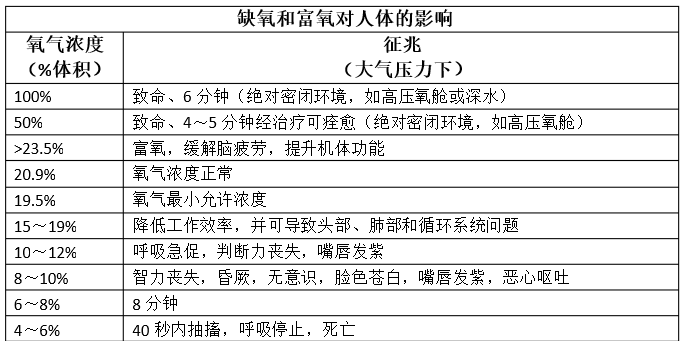
With the increasing attention paid to the role of oxygen in healthcare, a series of Chinese and foreign materials on oxygen and health have been published one after another. Oxygen Health has collected some of them and welcomes inquiries from everyone. Returning to an initial question: What is a permanent and reasonable level of oxygen? When your oxygen concentration is below 19.6%, people will experience inefficiency and fatigue. When your oxygen concentration exceeds 23.5%, there is no doubt that it improves function, but people are prone to aging. The scientific community's upper limit for our oxygen environment is that it should not exceed 30% in the short term, and it is not recommended to exceed 24% in the long term. One more point to clarify with everyone is whether frequent use of oxygen will lead to dependency issues. Dependence and adaptability are strictly defined in medicine, including two indicators: psychological dependence and physical dependence. Oxygen is managed according to drug regulations, but it is not a drug itself and does not produce dependence.
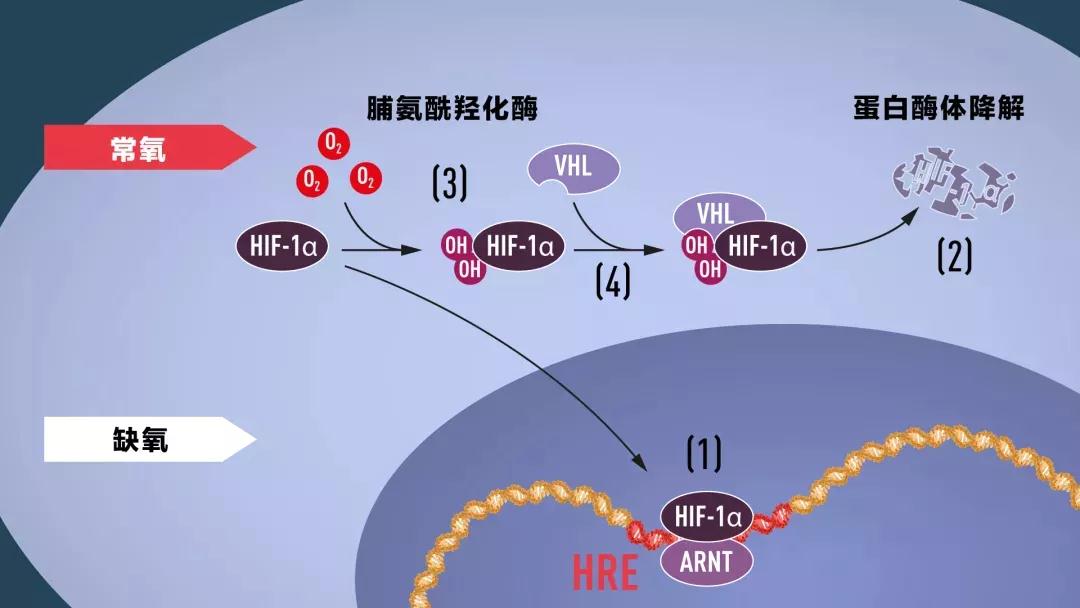
Last year's Nobel Prize was for the discovery of the oxygen sensing pathway mechanism, which states that the human body has the ability to regulate oxygen, giving us great healing and repairing abilities. Therefore, humans need to eliminate the situation where the brain uses more oxygen due to emotional tension. Last year, Academician Cheng Shujun also mentioned at the 9th China North South Summit on Lung Cancer that many of our conditions have worsened due to excessive psychological pressure. Professor Xue Lianbi from Beijing Temple of Heaven Hospital believes that oxygen science is the foundation of all medicine, and we should take the recognition of oxygen by the 2019 Nobel Prize as an opportunity to better utilize and promote oxygen equipment, solutions, and more in clinical practice, rehabilitation, and prevention.
All diseases are caused by hypoxia
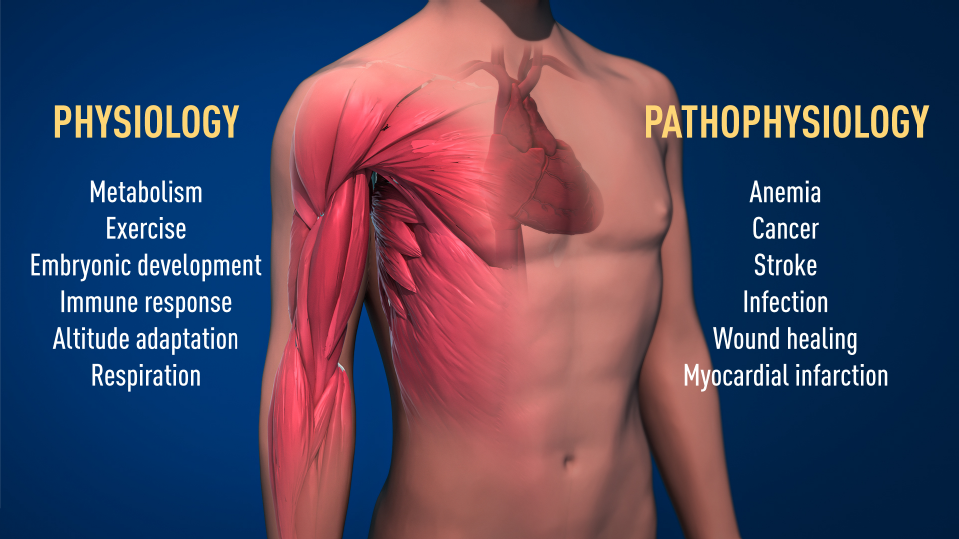
The World Health Organization categorizes the effects of hypoxia into two types: physiological and pathological. Physiological impacts include metabolism, exercise, embryonic development, immune response, high-altitude adaptation, respiration, etc; In terms of pathology, it includes anemia, cancer, stroke, infection, wound healing, myocardial infarction, etc. Scholars classify the discourse on hypoxia into three categories, the first being its relationship with the immune system; The second type is the normal metabolism of body cells; The third is whether the toxins in the body can be eliminated in a timely manner through aerobic respiration, which is the function of detoxification.
The issues related to diseases are quite complex, so I will only share a direct example here. Beijing Xuanwu Hospital once conducted an experiment on brain fatigue. They first subjected a group of healthy adults to high-intensity work and staying up late at night, causing brain fatigue. They not only asked the subjects to record their subjective symptoms of brain fatigue, but also conducted their blood flow rheology tests, all of which showed significant changes. At the same time, they also observed a significant decrease in the power of normal physiological waves (Alpha waves, 8-13 Hz) in the subjects' EEG. After the subjects were given oxygen, their fatigue symptoms gradually disappeared, and the power of normal physiological waves in their EEG showed a corresponding recovery. Is there a self diagnostic form for hypoxia? Please feel free to inquire.
MEDOXYEGN is committed to building an oxygen powered living ecosystem
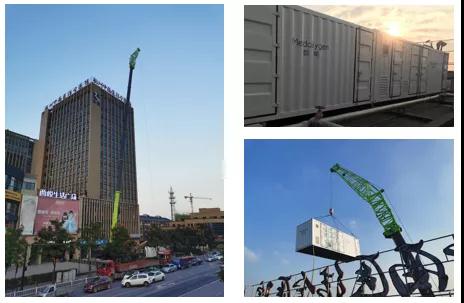
Finally, take some time to introduce what we are doing with oxygen therapy. Through nearly four years of entrepreneurship, we have formed four major oxygen consumption scenarios: medical, health, daily life, and work, creating the "four oxygen engineering" of medical oxygen, health oxygen, rest oxygen, and public oxygen. Firstly, we provide hospitals with rapid on-site oxygen production solutions. Two different solutions have achieved full coverage of medical oxygen use in hospitals, including beds in small and medium-sized hospitals as well as large hospitals. Not only for domestic hospitals, but also for hospitals in Europe. We have a hospital oxygen supply project in Spain, Europe, which can extract gases of five components on site. We strictly follow the standards of the United States and the United Kingdom to form our own technical system, which can be summarized into three categories: design specifications, construction specifications, and operation specifications. In addition, we can also carry out technological transformation for new or old hospitals to improve the intelligence level of the pipeline network system.
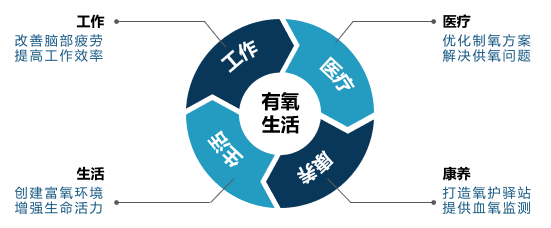
Since its establishment, Yixiang Health has been recognized by experts in the industry both domestically and internationally. Currently, it is rapidly transitioning from a professional medical sector to a wellness sector, providing high-quality oxygen that is easy to obtain in a wide range of medical scenarios, including: 1) providing oxygen therapy services based on micro hyperbaric oxygen chambers in wellness centers; 2) Deploying shared oxygen concentrators in nursing homes and communities to achieve instant oxygen supply services; 3) In many sports scenes, oxygen cans have emerged, which are very convenient for travel in high-altitude areas and can be used to quickly sober up during business gatherings; 4) In both homes and offices, our oxygen enriched air system provides a pleasurable feeling for both body and mind.
Hangzhou Medoxygen Technology Co., Ltd. is a high-tech fast-growing company dedicated to creating an aerobic lifestyle ecosystem. It has been listed on the Zhejiang Equity Exchange (code: 801932). In 2018, the company became a listed enterprise in the Hangzhou Science and Technology Startup Cultivation Project, and was rated as a national high-tech enterprise in 2020.
The company is based on solid scientific research, relies on internationally leading gas production technology, and integrates cutting-edge applications in the field of health. It provides innovative medical gas solutions and effect tracking and monitoring in medical, health, work, and life application scenarios, providing high-quality gases, complete sets of equipment, and related operational services that meet medical standards for the entire population (including hospital cluster users and home oxygen therapy users).
contact
Be the first to know about our new product launches, latest blog posts and more. Hangzhou Medoxygen Technology Co., Ltd. (hereinafter referred to as Medox) is an international life technology group and national high-tech enterprise. The company integrates research, development, pr...
Hangzhou Medoxygen Technology Co., Ltd. (hereinafter referred to as Medox) is an international life technology group and national high-tech enterprise. The company integrates research, development, pr... Any question or request?
Click below, we’ll be happy to assist. contact